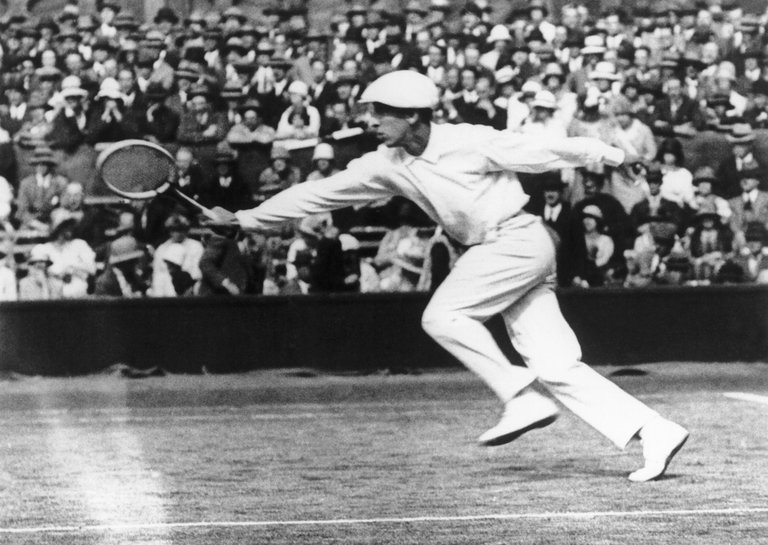
The polo shirt, often recognized by its T-shaped silhouette, collar, and placket neckline with two or three buttons, is a quintessential piece of clothing that has transcended its athletic origins to become a staple in casual, business, and even high-fashion wardrobes. The journey of the polo shirt from sportswear to a universal symbol of relaxed sophistication is a fascinating story of innovation, celebrity influence, and cultural adaptation.
Origins in the Polo Fields
Early Beginnings
The story of the polo shirt begins in the late 19th century in Manipur, India, where British soldiers witnessed a polo game. The traditional attire for this rigorous sport was a long-sleeved cotton shirt, which was uncomfortable and impractical. Players started pinning down their collars to prevent them from flapping during the game, which was effective but cumbersome.
The Role of John E. Brooks
The innovation that led to the modern polo shirt began with John E. Brooks, a grandson of the founder of the American haberdasher Brooks Brothers. In 1896, after watching a polo game in England, Brooks was inspired by the button-down collars worn by the players. He introduced this feature to American dress shirts, known as button-down polo shirts, marking the first significant evolution towards the contemporary polo shirt.
Redefining Sportswear: The Contribution of René Lacoste

Introduction of the Lacoste Shirt
The next major development came in the 1920s from French tennis star René Lacoste. Known as "The Crocodile" for his tenacity on the court, Lacoste found the traditional tennis attire restrictive. In 1926, he created a short-sleeved, loosely-knit pique cotton shirt with an un-starched, flat, protruding collar, a buttoned placket, and a longer shirttail in the back to keep it tucked in. This shirt provided greater freedom of movement and comfort.
The Crocodile Emblem
René Lacoste placed a crocodile emblem on the left breast of his shirts, which became the first example of a brand logo appearing on the outside of an article of clothing. This emblem was both a nod to his nickname and a marketing innovation. In 1933, after retiring from tennis, Lacoste partnered with André Gillier and started mass-producing his shirts, officially branding them as Lacoste.
Polo Shirts Enter the American Market
Ralph Lauren and the Polo Brand
The polo shirt was catapulted into American popular culture by designer Ralph Lauren. His version, introduced in 1972, was part of a line he called "Polo," intending to evoke a sense of the leisurely lifestyle of the wealthy. Although not originally designed for the sport, Lauren’s polo shirts featured a distinct logo of a polo player, which solidified the association of the garment with the sport of polo in the American consciousness.
Broadening Appeal
The 1970s and 1980s saw a significant expansion in the popularity of polo shirts as they began to be adopted by other sports such as golf, with golfers appreciating the shirt’s lightweight and breathable fabric. The polo shirt also became a casual business staple, part of the unofficial uniform of the "preppy" look associated with affluent East Coast Americans.
Global Expansion and Diversification

The Polo Shirt Today
Today, the polo shirt is ubiquitous, manufactured by countless brands across the spectrum of fashion. It remains a symbol of understated elegance and versatility. High-fashion designers have reinterpreted it in myriad ways, incorporating different materials, patterns, and cuts.
Cultural and Social Symbolism
The polo shirt has also been a canvas for social and political expression, often worn by groups to signify unity or allegiance. Moreover, its simplicity and adaptability have made it a favorite in tech startups, schools, and corporate environments as part of a smart-casual dress code.
Conclusion
The history of the polo shirt is a testament to how a simple design can evolve and resonate across different cultures and social strata. From the polo fields of India to the tennis courts of France, and onto the fashion runways of the world, the polo shirt has maintained its relevance and appeal, adapting to the needs and tastes of each new generation. Whether worn for sports, work, or leisure, the polo shirt remains a timeless symbol of style and comfort.